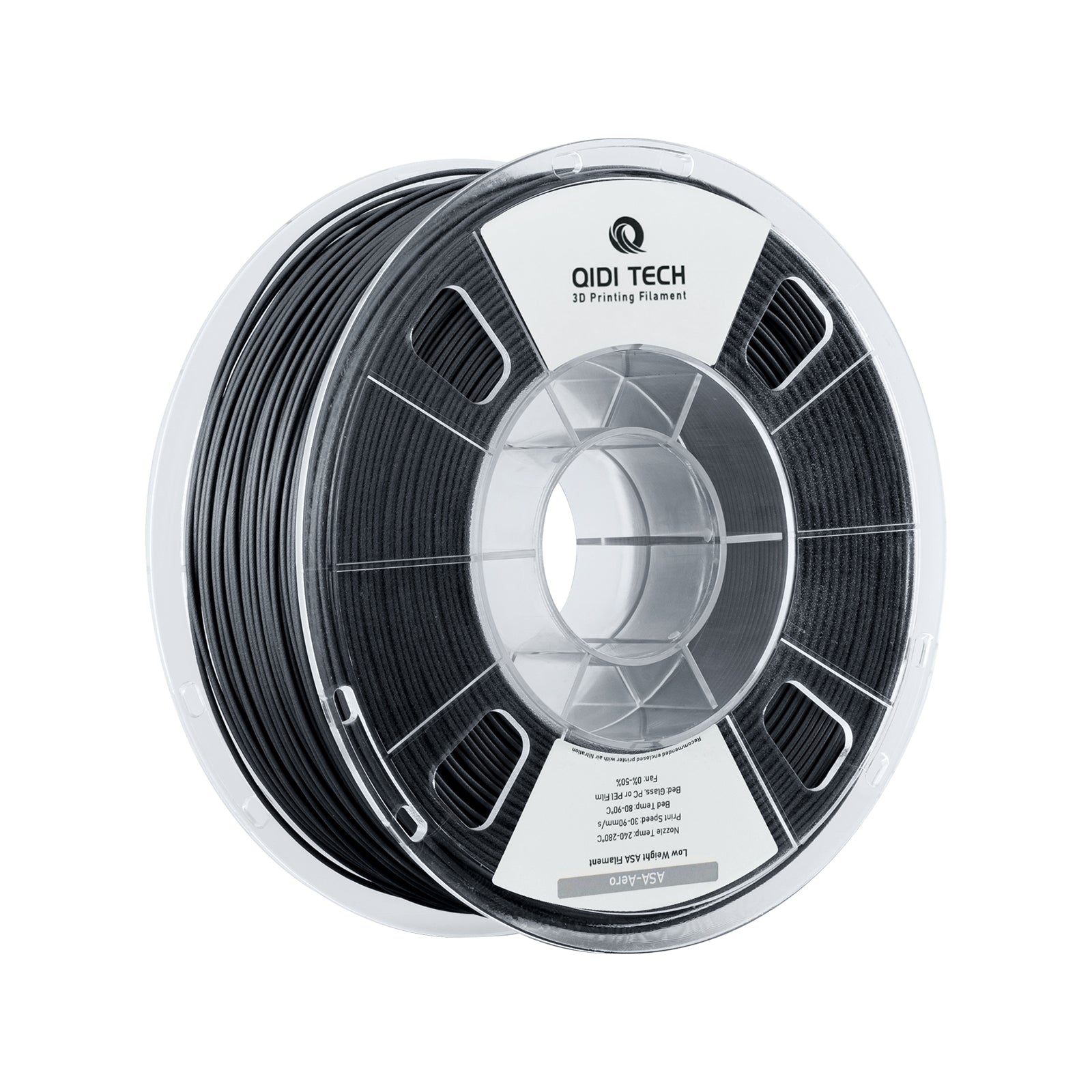Unlock the Secrets of ASA Filament: Why This Material is a Game-Changer!
In the ever-evolving world of 3D printing, materials play a crucial role in determining the quality and durability of printed objects. Among the impressive array of filaments available, ASA filament has emerged as a standout choice for enthusiasts and professionals alike. Known for its unique blend of properties, ASA filament is increasingly being recognized for its versatility and performance, particularly in outdoor applications. This article aims to delve into the fascinating world of ASA filament, exploring its properties, uses, and the advantages it brings to the table. Whether you’re a seasoned 3D printing expert or just dipping your toes into this innovative technology, understanding ASA filament could significantly enhance your printing experience.

Understanding ASA Filament
ASA filament, which stands for Acrylonitrile Styrene Acrylate, is a thermoplastic material primarily used in 3D printing. Its chemical composition includes acrylonitrile, styrene, and an acrylate, which contribute to its unique properties. When compared to other popular filaments like ABS (Acrylonitrile Butadiene Styrene) and PLA (Polylactic Acid), ASA stands out due to its enhanced UV resistance and weatherability, making it an ideal choice for outdoor applications. Developed as a more robust alternative to ABS, ASA was designed to hold up against the elements while maintaining the ease of printing that many users appreciate. In the context of 3D printing, ASA filament caters to a variety of applications, ranging from functional prototypes to artistic creations, positioning itself as a valuable material in the designer's toolkit.
Properties of ASA Filament
One of the most notable characteristics of ASA filament is its impressive durability. It boasts strong mechanical properties, which means it can withstand significant stress and strain without breaking. Moreover, ASA is renowned for its exceptional UV resistance, allowing it to retain color and integrity when exposed to sunlight for extended periods. This makes it particularly suitable for outdoor use, such as in garden decorations or functional components in outdoor settings. Additionally, ASA exhibits excellent chemical resistance, making it less likely to degrade when exposed to various substances. Its temperature stability further enhances its appeal, as it can withstand higher temperatures without warping or deforming, a common issue with other materials. These properties collectively position ASA filament as a top choice for applications that require both performance and resilience.
Uses of ASA Filament
The applications of ASA filament are vast and varied, catering to a multitude of industries. One of the primary uses is in the production of outdoor products, where durability and UV resistance are paramount. For instance, my friend once printed a series of garden planters using ASA filament, and they have held up beautifully through harsh weather conditions. Additionally, ASA is frequently utilized in the automotive industry, where it can be employed for prototyping parts or creating custom components that need to endure rigorous conditions. Moreover, its strength and resistance properties make it a favorite for producing functional prototypes in engineering and product design, allowing creators to test their designs under real-world conditions before committing to mass production. The versatility of ASA filament truly shines through in its ability to meet the demands of both creative and industrial applications.
Advantages of ASA Filament
When it comes to 3D printing, ASA filament offers several compelling advantages that make it a go-to choice for many users. Firstly, its ease of printing can be a significant advantage, as it provides reliable layer adhesion and a lower tendency to warp compared to its ABS counterpart. This means that even those who are relatively new to 3D printing can achieve quality results without the frustration often associated with more challenging materials. Furthermore, ASA filament allows for a smooth post-processing experience, enabling users to sand, paint, or otherwise finish their printed objects with relative ease. In challenging environments, such as those involving exposure to sunlight or chemicals, ASA's resilience outshines that of many other common filaments. This combination of performance, ease of use, and versatility positions ASA filament as a preferred material for various 3D printing projects.
Challenges and Considerations
Despite its many benefits, working with ASA filament does come with some challenges that users should be aware of. One common issue is the difficulty in achieving optimal adhesion to the print bed, which can lead to warping if not managed properly. To mitigate this, using a heated bed and ensuring the surface is appropriately prepared can make a significant difference. Additionally, while ASA is easier to print than ABS, it still requires careful temperature management during printing to avoid issues such as stringing or poor layer adhesion. Experienced users often recommend experimenting with print settings to find the perfect balance for their specific printer and project. By being mindful of these challenges and learning from the experiences of others, users can effectively harness the advantages of ASA filament in their printing endeavors.
Key Takeaways on ASA Filament
In summary, ASA filament represents a remarkable advancement in the realm of 3D printing materials. Its unique properties, such as durability, UV resistance, and temperature stability, have made it a valuable asset across various industries, from outdoor product design to automotive applications. As we explored, the advantages of ease of printing and excellent post-processing capabilities further solidify its status as a preferred filament choice. For anyone considering a new material for their 3D printing projects, ASA filament offers a compelling option that combines performance with versatility. As the technology continues to evolve, the potential for ASA filament in future applications appears limitless, making it an exciting material to watch in the ever-changing landscape of 3D printing.








